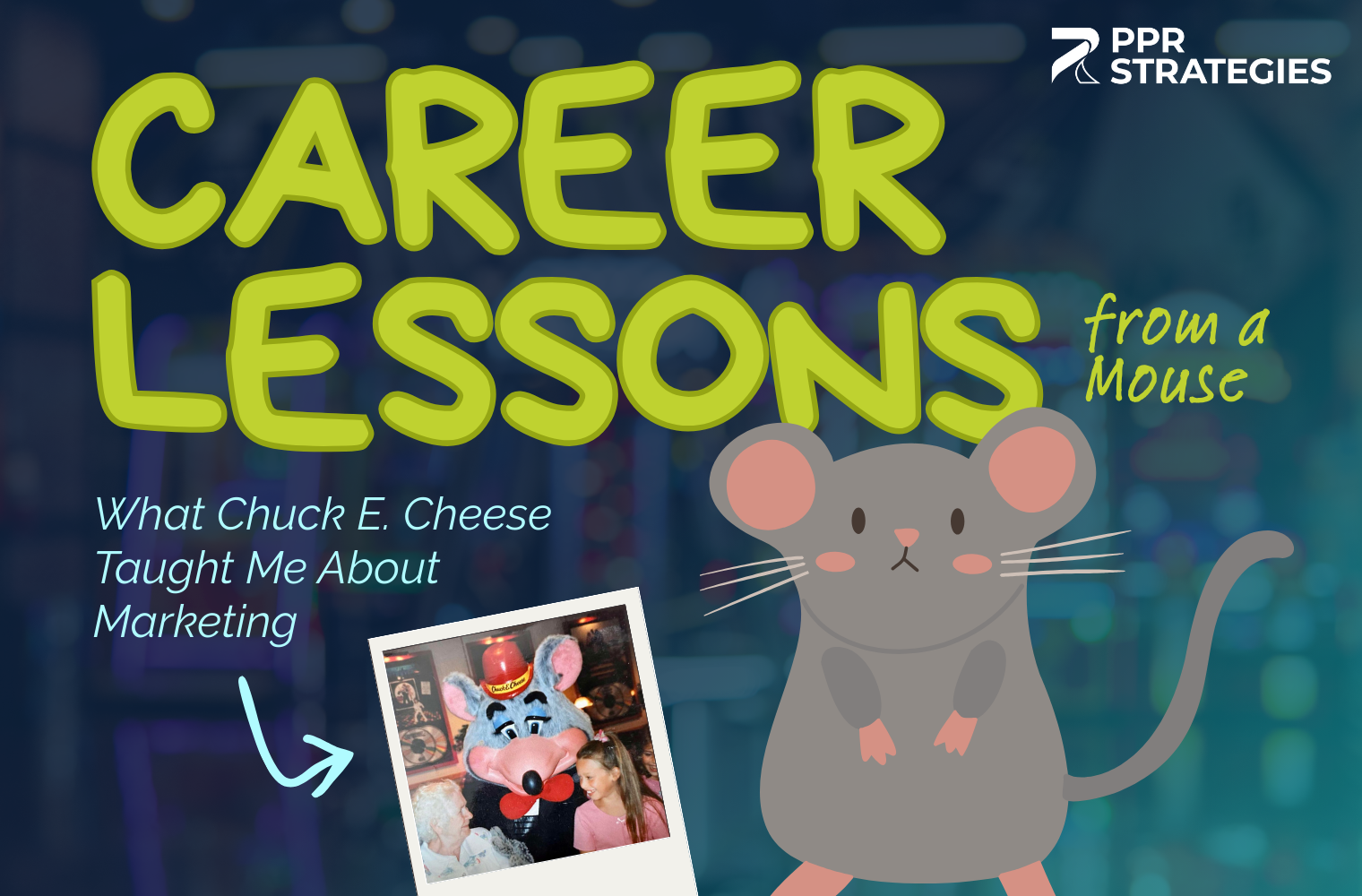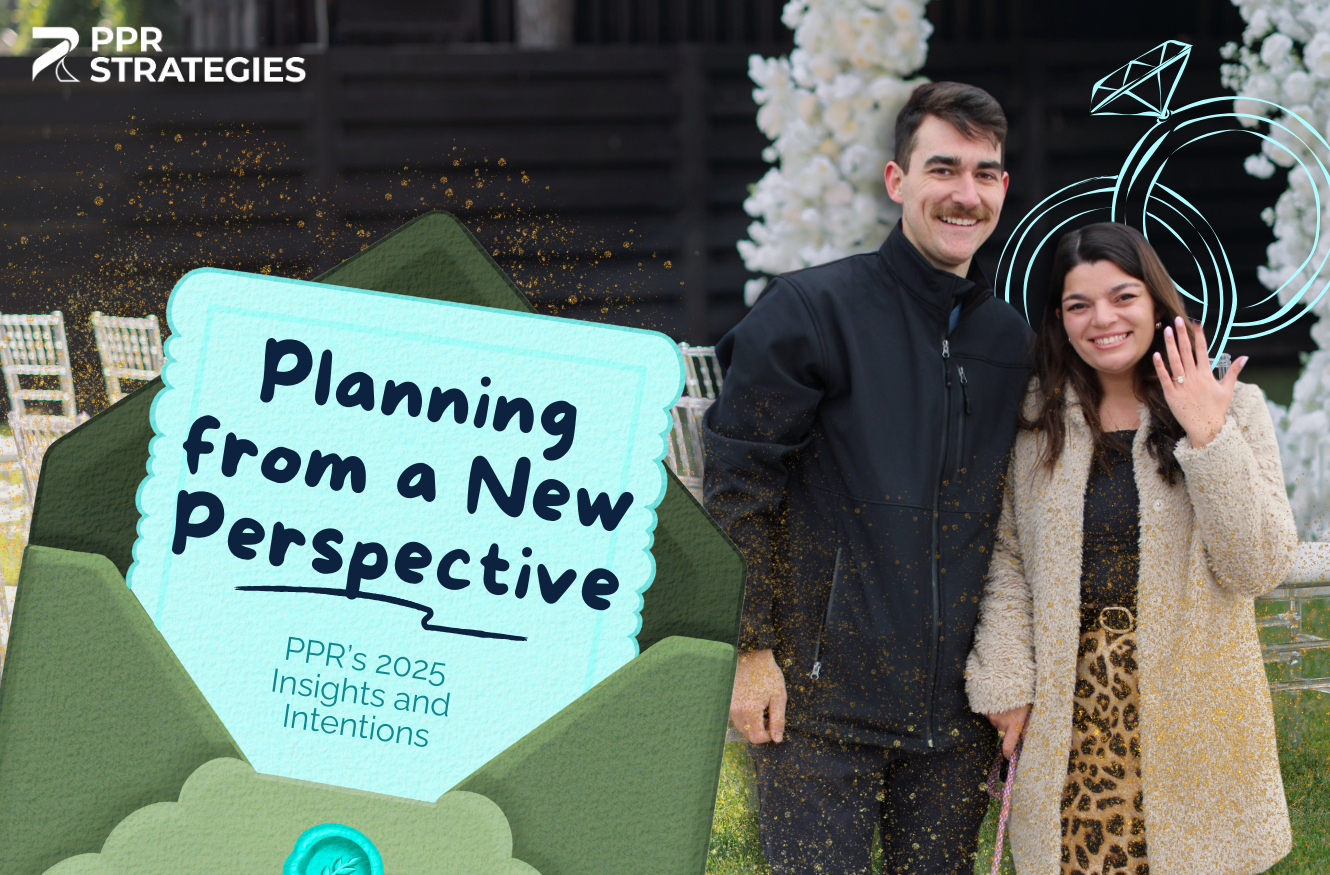This week’s blog post is written by Chloe Cain, who recently joined the PPR Strategies team as one of our Communications Specialists! We’re so excited to have Chloe on board, who brings 5+ years of media experience specializing in branding, marketing, and content creation with both large and small brands. In addition, she serves the next generation of leaders with inspirational content on her social media platforms.
Chloe recently attended Cision’s State of Media Summit, a two-day virtual event held on May 10th and 11th. Here’s are some of her key takeaways:
Cision’s State of the Media Summit brought together industry experts from notable publications including USA Today, Forbes Travel Guide, The Wall Street Journal, and many more.

With political unrest and pandemic stress, each shared new strategies on how to effectively communicate messages and successfully pivot within the digital landscape. Here are my top three key takeaways when pitching to media:
1. Have a Clear Intention… And Communicate It
Intention is the motive or purpose for doing something. Without this ingredient, time will be wasted and emails may be overlooked by journalists. According to the Cision’s 2021 State of Media Global report, 1 in 4 journalists receive over 100 pitches per week with most ending up in the virtual trash due to irrelevance. As public relations professionals, know who you are pitching to and why you are pitching to them. This leads to the next takeaway…
2. Do Your Homework Before Reaching Out
Homework must be done before communicating directly to media sources. Journalists have increased pressure in these unprecedented times. Many of them are working with limited staff and less resources. Additional research will make their jobs easier. Some questions we can ask before reaching out to a journalist are:
- Does the mission of the publication align with my pitch message?
- What beats does the journalist cover?
- Is the story that I am pitching relevant?
3. Cultivate Authentic Connections
Social distancing and virtual conversations have strained the ability for authentic interactions, especially with the media. An important takeaway learned is the importance of creating relationships. Journalists are people as well – not just a means to post a story idea. It is important to build trust beyond a transaction. Here are some virtual ways shared on how to cultivate online connection:
- Offer assistance in helping them write their current stories
- Arrange a phone call or Zoom meeting to develop a relationship
- Provide journalists with all the information in a timely manner
Each of these keys are vitally significant when it comes to effective communications with potential media outlets.
Thanks, Chloe!
Ready to uplevel your media outreach strategy? We’d love to talk with you about how you can get your story shared by the media – send us an email to set up a free 15-minute consultation.
‘Til next time,
Sandy








